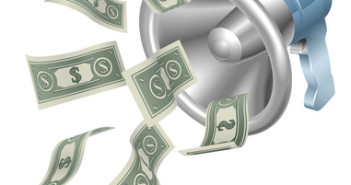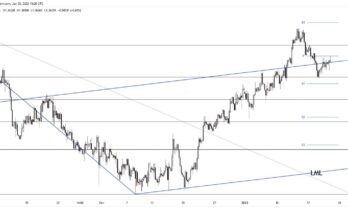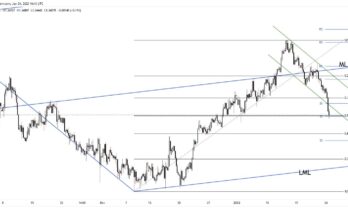With the Federal Reserve telegraphing to financial markets that a rate tightening cycle is slowly emerging on the horizon, the liquidity baton used to insulate global growth has been passed on to other developed nations, two of which signaled to markets overnight that the liquidity spigots were far from being turned off.
Though many had been calling for further monetary policy accommodation in China to bolster waning growth, market participants had been expecting the adoption of further stealth fiscal stimulus measures as the government tries to reign in excessive lending and a ballooning money supply.
However; in a surprise move, the People’s Bank of China cut interest rates for the first time since 2012, lowering deposit and lending rates by 25bps and 40bps respectively. The rate cut most likely signals China’s growing concerns about destabilization in its economy, as outright monetary policy stimulus has been something the government has been trying to avoid, in the hopes of heading off an escalation in bubble-like characteristics in some areas of the economy.
The accommodative move by the PBoC saw commodity-linked currencies generate strong bid tones, with the AUD rallying over 1% against the greenback to flirt with moving back into the 0.87 region. The Shanghai Comp also saw some positive price action, with investor sentiment driving the regional equity index up by 1.4% by the time the Asian trading session ended.
Also occurring during the overnight session was a banking conference in Frankfurt, where Mario Draghi from the ECB took the stage and ratcheted up his dovish rhetoric in regards to the inflation outlook in the Eurozone. The ECB chief stated the inflation situation had become increasingly challenging, and much like the Bank of Japan, the ECB would act to boost inflation as fast as possible, broadening its asset purchase program if necessary.
While we had expected Draghi and the ECB to assess the impact of their covered bond purchases, the ABS program, and the second TLTRO offering before making a decision on further expansion, Draghi’s comments today increase the possibility that the ECB could announce a widening of assets available for purchase at the next Governing Council meeting. Accordingly, the Euro has had the rug pulled out from under it, cratering into the low 1.24s against the greenback before looking to have found some supportive bids.
Heading into the North American open, the equity bulls are firmly in charge of price action as investor optimism incites a buying panic on the back of the interest rate cut from China and Draghi’s dovish commentary. Hydrocarbons have managed to find some additional life on the overnight stimulus measures and chatter the OPEC meeting at the end of the month would produce some positive developments for producers from a price perspective; front month WTI is changing hands above $77/barrel, while Brent has garnered bids north of $81/barrel.
The Loonie is on a tear ahead of the opening bell, first buoyed by the Chinese rate cut and the diversification away from Euros, only to be spurred on by inflation figures for the month of October coming in hotter than expected. Foreshadowed by the announcement that Tim Hortons would be raising prices next week because of upward price pressure for the restaurant chain, both headline and core inflation readings scorched the median analyst estimate, printing at 2.4% and 2.3% respectively. The continued divergence away from the central bank’s inflation target has pushed some of the weaker Loonie bears to capitulate this morning, though the price action is consistent with our target of consolidation in USDCAD into the end of the year, before the pair bases to ready itself for another longer leg higher.
In our latest podcast, we talk about the state of US housing, run down the FOMC minutes, the Japanese jump, the Draghi drama and also talk oil:
Download it directly here.



